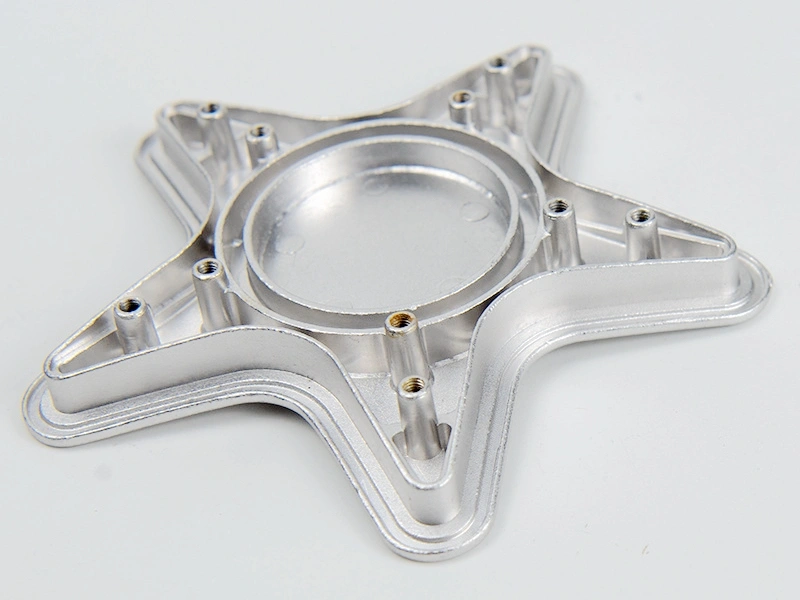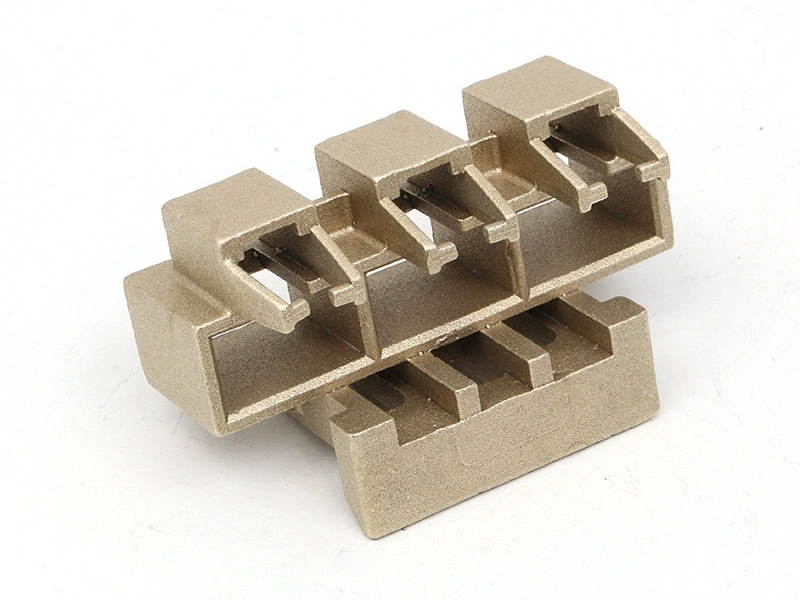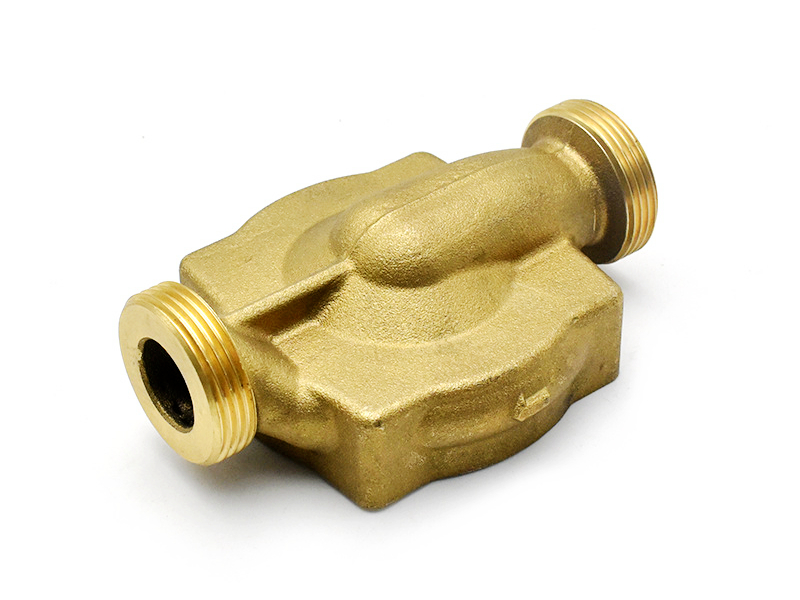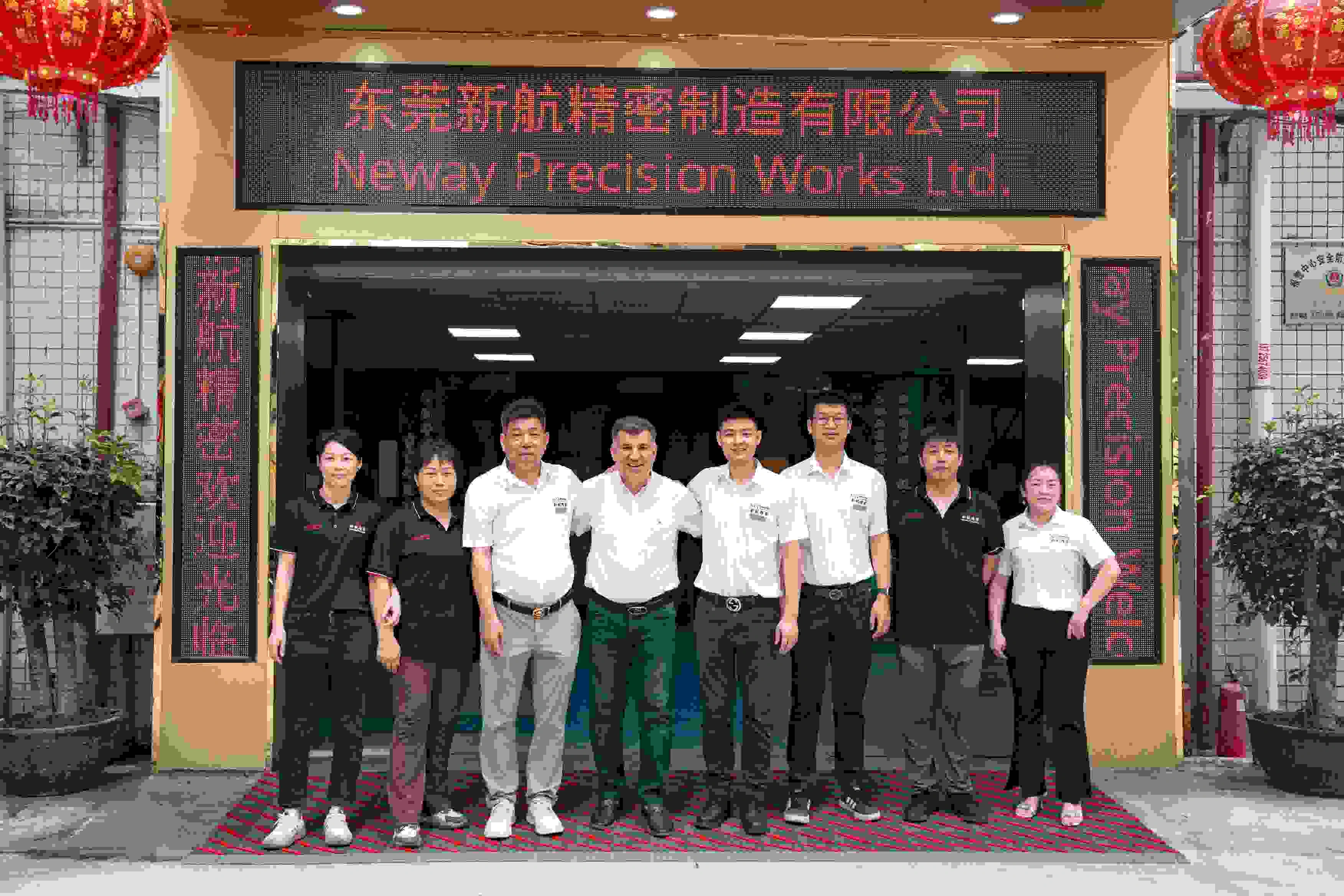What post-treatments improve brass corrosion resistance for pump enclosures?
What Post-Treatments Improve Brass Corrosion Resistance for Pump Enclosures?
Importance of Corrosion Protection for Brass Pump Enclosures
Brass pump enclosures in HVAC, water, and chemical circulation systems are constantly exposed to moisture, dissolved oxygen, and sometimes aggressive media. Without proper surface treatment, even corrosion-resistant brass alloys like C87850 silicon brass or Brass 464 may suffer from surface oxidation, dezincification, or erosion. To enhance long-term durability, Neway applies specialized post-treatments tailored to the operating environment.
Effective Post-Treatment Options for Corrosion Resistance
Nickel Plating
Nickel plating is a highly effective method for shielding brass surfaces from oxidation and fluid corrosion.
Suitable for high-humidity and chemical-contact environments
Conforms to ASTM B689 and ISO 4525
Provides enhanced wear and abrasion resistance in addition to corrosion protection
Chrome Plating
Used for both aesthetic and functional protection, chrome plating over a nickel base layer improves chemical resistance and surface hardness.
Ideal for exposed pump housings in commercial or visible installations
Compliant with ASTM B456
Recommended for applications involving chlorinated or oxygenated water
Electroless Nickel Plating
This uniform, non-electrolytic coating is especially beneficial for complex geometries and internal pump cavities.
Consistent coating thickness across intricate surfaces
Excellent resistance to pitting and crevice corrosion
Commonly used in pumps exposed to glycol or treated water
Powder Coating
Powder coating adds a polymer-based barrier over brass castings to resist moisture and surface degradation.
Suitable for non-submerged components and housings
Thickness: 60–120 µm
Durable against UV exposure and temperature fluctuations
Organic Sealants or Lacquers
Thin-film organic coatings provide a moisture barrier without significantly altering part dimensions.
Clear protective layer for indoor-use brass components
Often applied after polishing or light cleaning
Short-term oxidation protection for non-aggressive applications
Post-Treatment Selection Guide by Application
Application Environment | Recommended Treatment | Key Benefit |
|---|---|---|
Chlorinated water exposure | Nickel or Chrome Plating | Surface stability, oxidation resistance |
Glycol-based systems | Electroless Nickel | Internal cavity protection |
Indoor HVAC enclosures | Powder Coating | Barrier against humidity and oxidation |
Decorative or visible parts | Chrome + Polishing | Aesthetic finish with corrosion shield |
Surface Quality and Validation Standards
All post-treatments are verified using:
Coating thickness gauges (ASTM B487 compliant)
Salt spray testing (ASTM B117)
Adhesion crosshatch tests (ISO 2409)
Optical and CMM inspection for dimensional consistency
Customer-Oriented Brass Surface Finishing Services
Neway Die Casting ensures long-term performance for brass pump enclosures with:
Brass Die Casting: High-integrity brass components suitable for chemical and water exposure
Post-Processing Services: Full selection of corrosion-resistant coatings including nickel, chrome, and powder finishes
Post-Machining and Sealing Prep: Ensures critical sealing surfaces are finish-ready and dimensionally accurate



